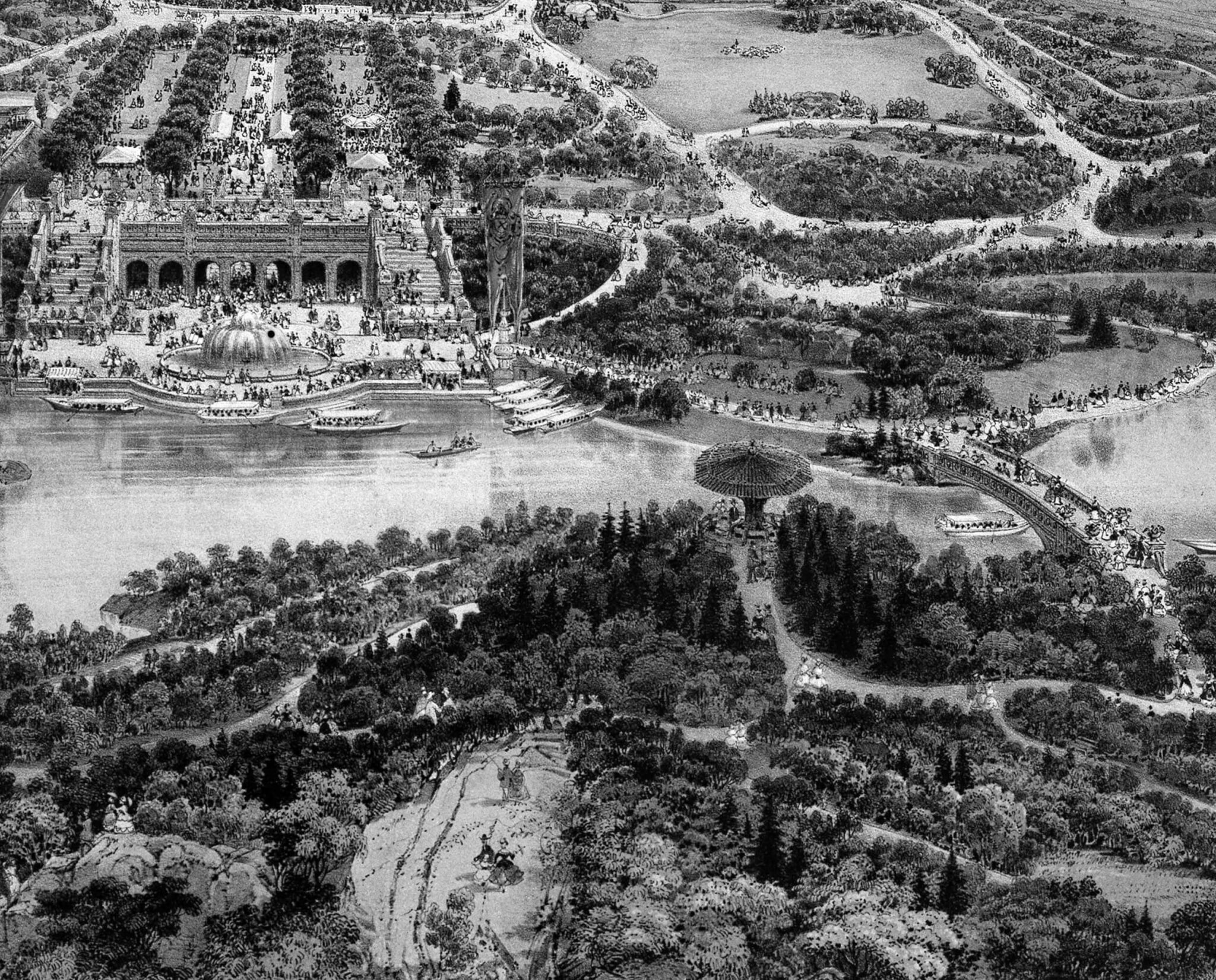Here’s a tool Jane Jacobs would approve of: The Storefront Index, created by Joe Cortright and Dillon Mahmoudi of Portland, Oregon–based think tank City Observatory, measures the quantity and density of retail storefronts in cities throughout the Unites States as a proxy for urban desirability. The Storefront Index is predicated on the assumption that the amenities of the “consumer city”—places to get manicures, burritos, a nose piercing, a picture framed—encourage walkability, connect public spaces, and make cities desirable places to be. Mahmoudi and Cortright posit that “the presence, number, and size of storefront businesses in a neighborhood is a new, key indicator of urban economic health and neighborhood vitality.”
City Observatory hopes planners can use the Storefront index to assess the efficacy of small business growth and retention strategies, as well as plan for walkable retail development in downtown corridors. The index maps every store that provides the goods and services that facilitate everyday life, but excludes banks and hospitals, as well as stores that sell goods to other manufacturers. Nationwide, there are approximately 2.6 million storefront businesses. In the 51 largest metro areas, there are about 537,000 storefront businesses.
What makes a storefront cluster? By Cortright and Mahmoudi’s count, storefronts had to be within 100 meters of another storefront. They drew a three-mile radius around each city’s Central Business District (CBD), but mapped storefronts outside of that, too. The concentration of storefronts varies drastically from city to city, and confirms what you may instinctively sense from strolling through St. Louis, say, or Philadelphia. The former has a low density of storefronts in the urban core and large areas with no storefront clusters. St. Louis has 426 storefronts in its CBD, coming in front of only Detroit (91) in 51 metro areas surveyed:
Philly, on the other hand, has high density clusters scattered throughout the city. The metro area has the fourth-highest number of storefronts in the CBD:
Planners, urbanophiles: Rejoice in this new spatial analytic tool, and see how your hometown’s storefront index stacks up against neighboring cities.










